Restoring Wetlands
입력 2017.10.25 (15:17)
수정 2017.10.25 (15:35)
읽어주기 기능은 크롬기반의
브라우저에서만 사용하실 수 있습니다.
[Anchor Lead]
In the past, Korean developers carried out land reclamation projects to make farmland. But recently there's been a movement to bring the seawater back into the reclaimed land. Here's a report on why such a campaign began.
[Pkg]
Over the past 40 years reclamation projects to gain more farmland ended up creating arable areas more than double the size of Seoul. But lost were the wetlands.
[Soundbite] Moon Gyeong-sin(Official, Ganghwa-gun County) : "The seawater has been cordoned off. Since seawater circulation has been restricted, it is eventually killing the mudflats."
The remaining mudflats in the southwestern parts of the country now account for only 2.5% of Korea's entire territory.
[Soundbite] Kim Byeong-cheol(Jeollanam-do Prov. Resident) : "We have more than enough rice. What we need again now are the seas."
This small German island with a population of just 1,800 sees some 100,000 visitors a day during summer. The wetland was resurrected after reopening the embankment and stopping the reclamation project in 1986.
[Soundbite] (Wetland Guide at Langeoog) : "This is called a "heart clam," because it looks like a heart from the side. Can you see it?"
Langeoog has now transformed into one of the wealthiest regions in Germany.
[Soundbite] Uwe Garrels(Langeoog Mayor) : "Langeoog lives on tourism 100%. All the people living on the island work in the tourism industry."
This is Hwangdo Island, in the Yellow Sea. The seawall here was removed in 2011 and a bridge was built instead, bringing back the mudflat and visitors. The economic value of wetlands is estimated to be 100 times that of farmlands and 10 times that of forests. People are starting to look far into the future as the paradigm on reclamation and the wetland ecosystem has shifted.
In the past, Korean developers carried out land reclamation projects to make farmland. But recently there's been a movement to bring the seawater back into the reclaimed land. Here's a report on why such a campaign began.
[Pkg]
Over the past 40 years reclamation projects to gain more farmland ended up creating arable areas more than double the size of Seoul. But lost were the wetlands.
[Soundbite] Moon Gyeong-sin(Official, Ganghwa-gun County) : "The seawater has been cordoned off. Since seawater circulation has been restricted, it is eventually killing the mudflats."
The remaining mudflats in the southwestern parts of the country now account for only 2.5% of Korea's entire territory.
[Soundbite] Kim Byeong-cheol(Jeollanam-do Prov. Resident) : "We have more than enough rice. What we need again now are the seas."
This small German island with a population of just 1,800 sees some 100,000 visitors a day during summer. The wetland was resurrected after reopening the embankment and stopping the reclamation project in 1986.
[Soundbite] (Wetland Guide at Langeoog) : "This is called a "heart clam," because it looks like a heart from the side. Can you see it?"
Langeoog has now transformed into one of the wealthiest regions in Germany.
[Soundbite] Uwe Garrels(Langeoog Mayor) : "Langeoog lives on tourism 100%. All the people living on the island work in the tourism industry."
This is Hwangdo Island, in the Yellow Sea. The seawall here was removed in 2011 and a bridge was built instead, bringing back the mudflat and visitors. The economic value of wetlands is estimated to be 100 times that of farmlands and 10 times that of forests. People are starting to look far into the future as the paradigm on reclamation and the wetland ecosystem has shifted.
■ 제보하기
▷ 카카오톡 : 'KBS제보' 검색, 채널 추가
▷ 전화 : 02-781-1234, 4444
▷ 이메일 : kbs1234@kbs.co.kr
▷ 유튜브, 네이버, 카카오에서도 KBS뉴스를 구독해주세요!
- Restoring Wetlands
-
- 입력 2017-10-25 15:22:33
- 수정2017-10-25 15:35:20
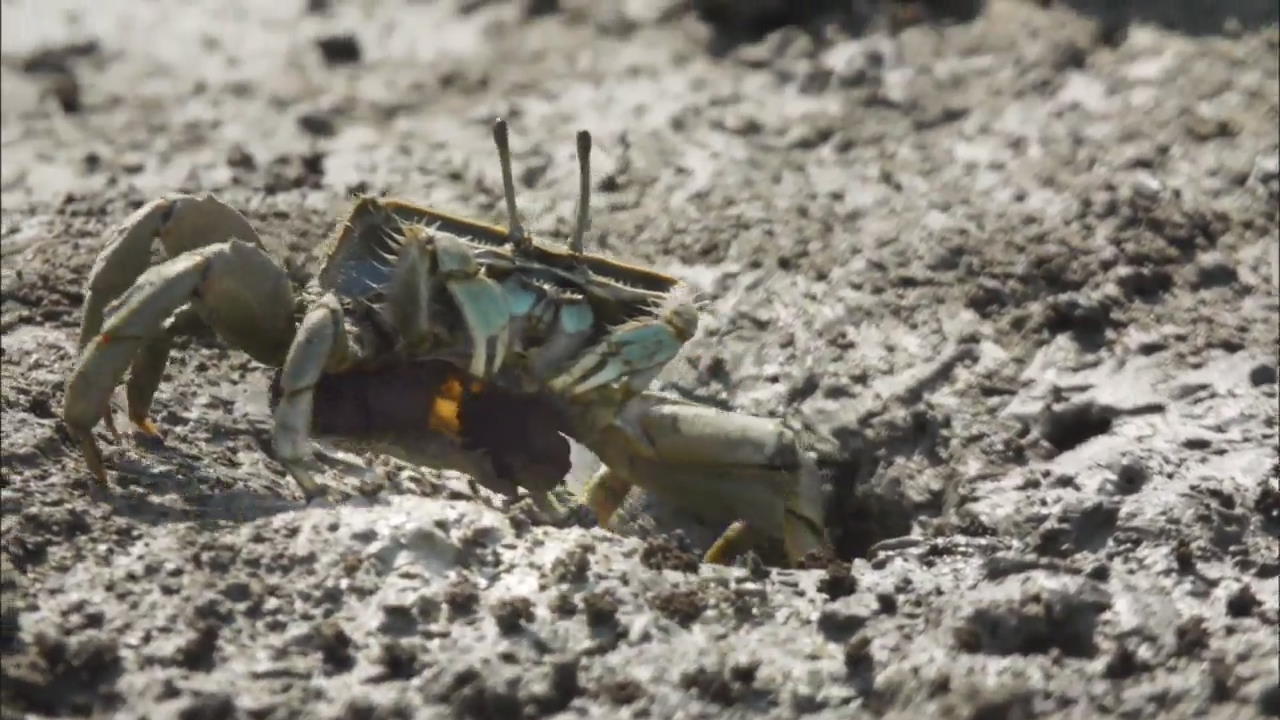
[Anchor Lead]
In the past, Korean developers carried out land reclamation projects to make farmland. But recently there's been a movement to bring the seawater back into the reclaimed land. Here's a report on why such a campaign began.
[Pkg]
Over the past 40 years reclamation projects to gain more farmland ended up creating arable areas more than double the size of Seoul. But lost were the wetlands.
[Soundbite] Moon Gyeong-sin(Official, Ganghwa-gun County) : "The seawater has been cordoned off. Since seawater circulation has been restricted, it is eventually killing the mudflats."
The remaining mudflats in the southwestern parts of the country now account for only 2.5% of Korea's entire territory.
[Soundbite] Kim Byeong-cheol(Jeollanam-do Prov. Resident) : "We have more than enough rice. What we need again now are the seas."
This small German island with a population of just 1,800 sees some 100,000 visitors a day during summer. The wetland was resurrected after reopening the embankment and stopping the reclamation project in 1986.
[Soundbite] (Wetland Guide at Langeoog) : "This is called a "heart clam," because it looks like a heart from the side. Can you see it?"
Langeoog has now transformed into one of the wealthiest regions in Germany.
[Soundbite] Uwe Garrels(Langeoog Mayor) : "Langeoog lives on tourism 100%. All the people living on the island work in the tourism industry."
This is Hwangdo Island, in the Yellow Sea. The seawall here was removed in 2011 and a bridge was built instead, bringing back the mudflat and visitors. The economic value of wetlands is estimated to be 100 times that of farmlands and 10 times that of forests. People are starting to look far into the future as the paradigm on reclamation and the wetland ecosystem has shifted.
In the past, Korean developers carried out land reclamation projects to make farmland. But recently there's been a movement to bring the seawater back into the reclaimed land. Here's a report on why such a campaign began.
[Pkg]
Over the past 40 years reclamation projects to gain more farmland ended up creating arable areas more than double the size of Seoul. But lost were the wetlands.
[Soundbite] Moon Gyeong-sin(Official, Ganghwa-gun County) : "The seawater has been cordoned off. Since seawater circulation has been restricted, it is eventually killing the mudflats."
The remaining mudflats in the southwestern parts of the country now account for only 2.5% of Korea's entire territory.
[Soundbite] Kim Byeong-cheol(Jeollanam-do Prov. Resident) : "We have more than enough rice. What we need again now are the seas."
This small German island with a population of just 1,800 sees some 100,000 visitors a day during summer. The wetland was resurrected after reopening the embankment and stopping the reclamation project in 1986.
[Soundbite] (Wetland Guide at Langeoog) : "This is called a "heart clam," because it looks like a heart from the side. Can you see it?"
Langeoog has now transformed into one of the wealthiest regions in Germany.
[Soundbite] Uwe Garrels(Langeoog Mayor) : "Langeoog lives on tourism 100%. All the people living on the island work in the tourism industry."
This is Hwangdo Island, in the Yellow Sea. The seawall here was removed in 2011 and a bridge was built instead, bringing back the mudflat and visitors. The economic value of wetlands is estimated to be 100 times that of farmlands and 10 times that of forests. People are starting to look far into the future as the paradigm on reclamation and the wetland ecosystem has shifted.
이 기사가 좋으셨다면
-
좋아요
0
-
응원해요
0
-
후속 원해요
0










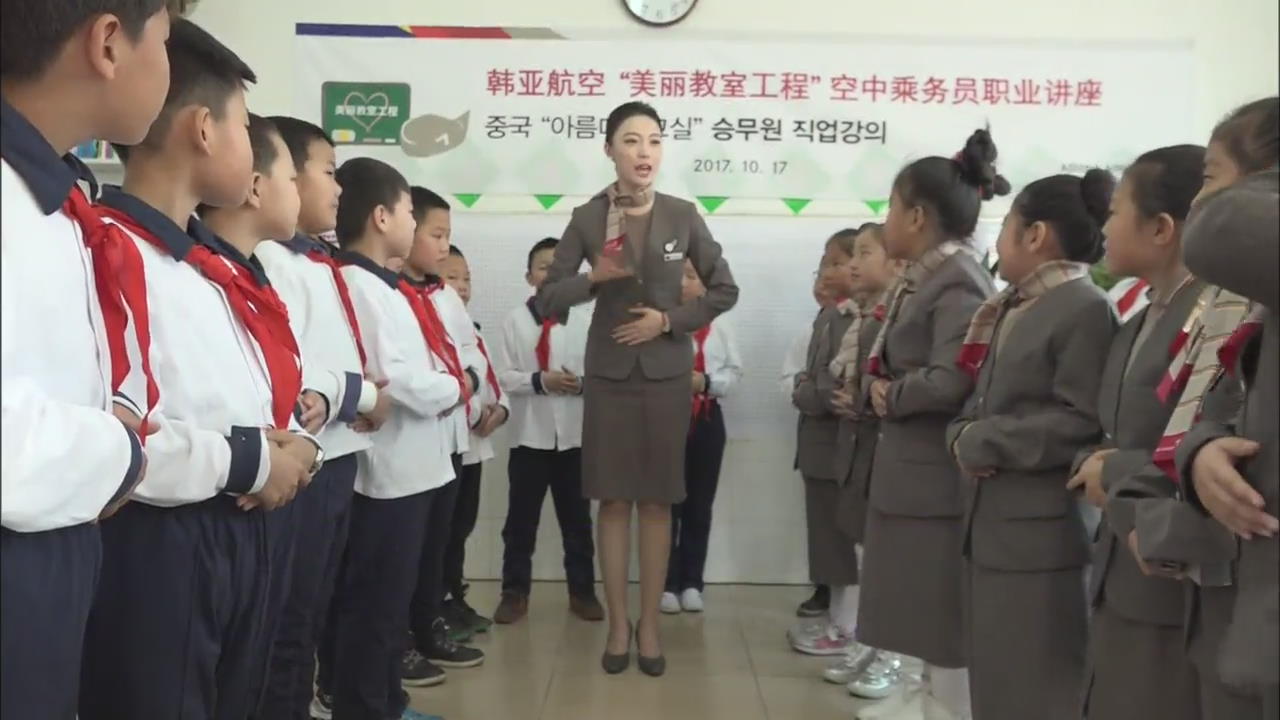
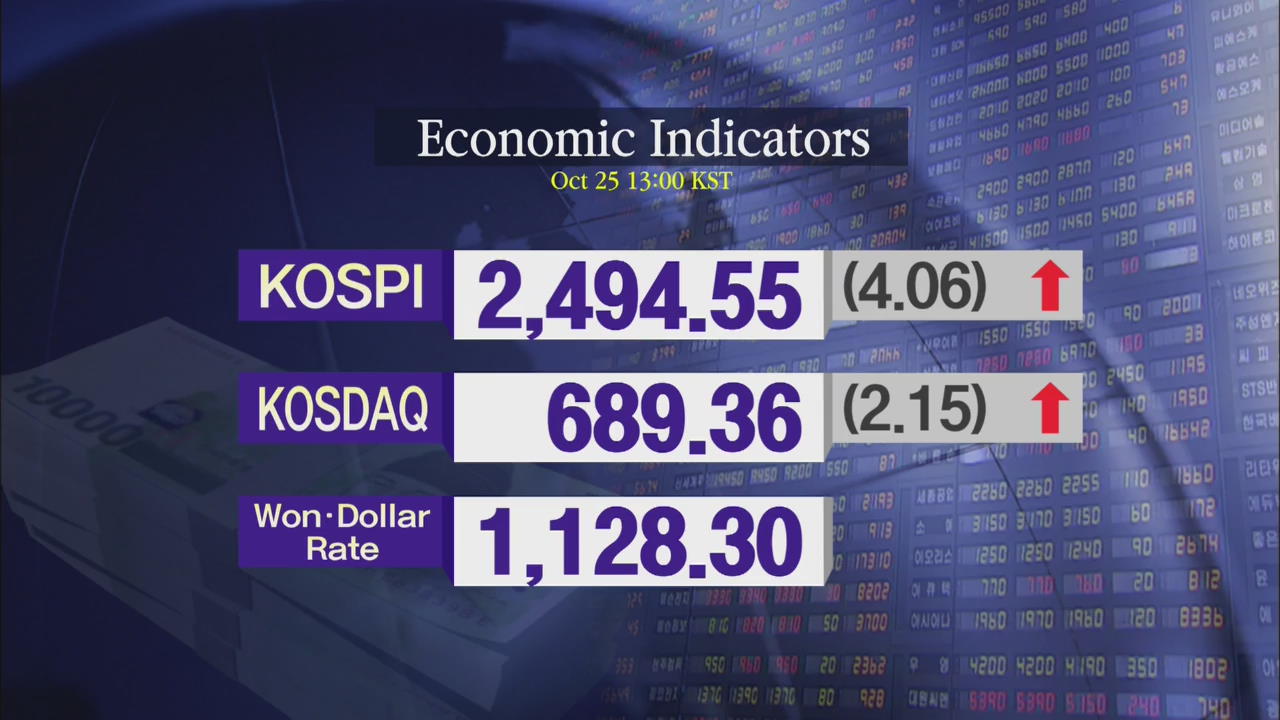
![[속보] 김건희 여사 특검, ‘건진법사’ 법당 등 압수수색](/data/layer/904/2025/07/20250715_t9YvOH.jpg)

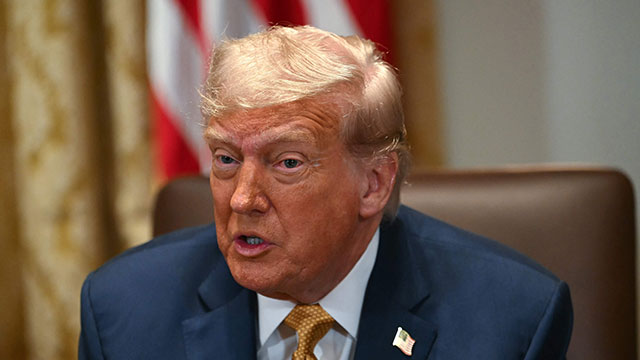
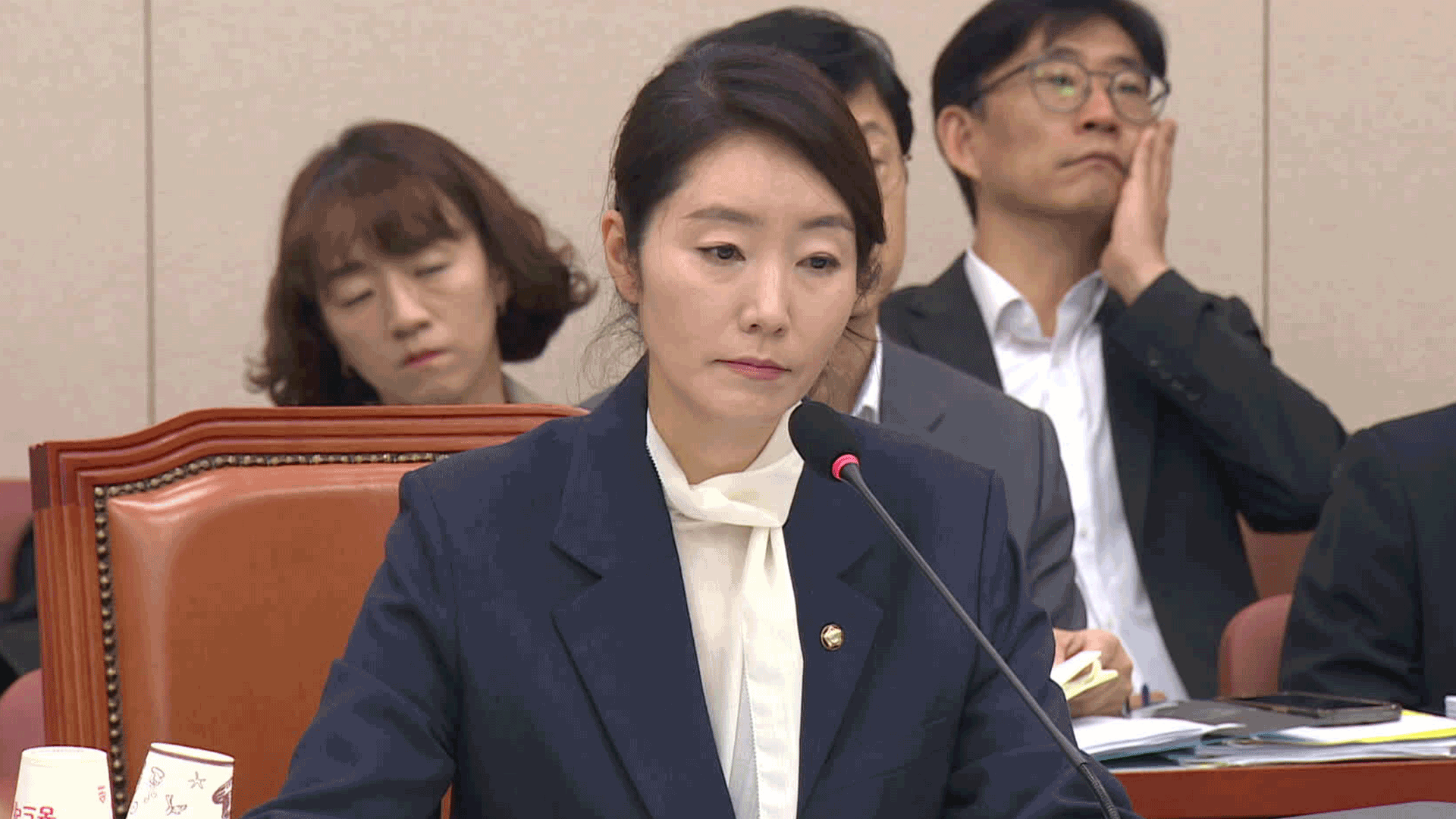

이 기사에 대한 의견을 남겨주세요.